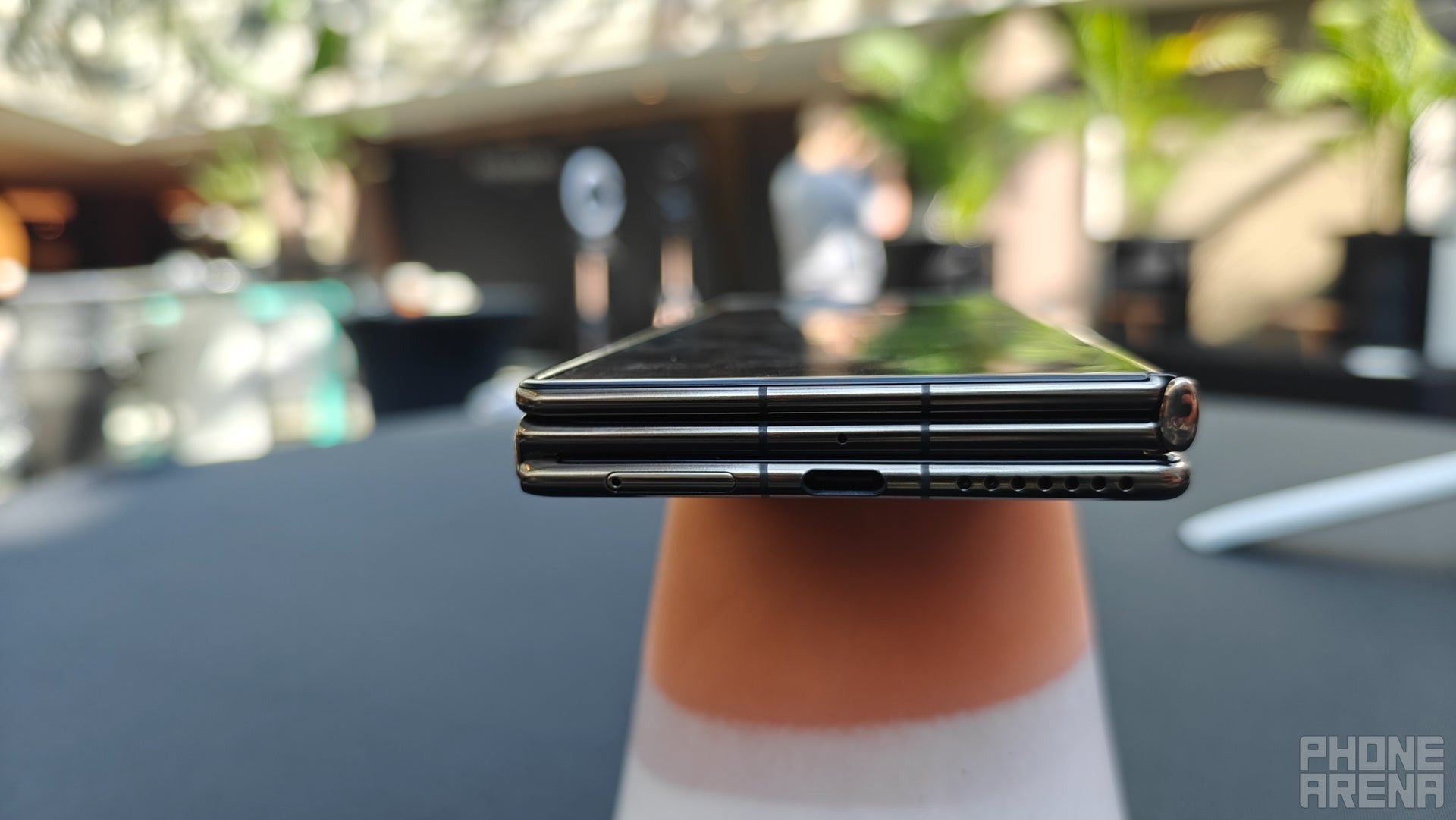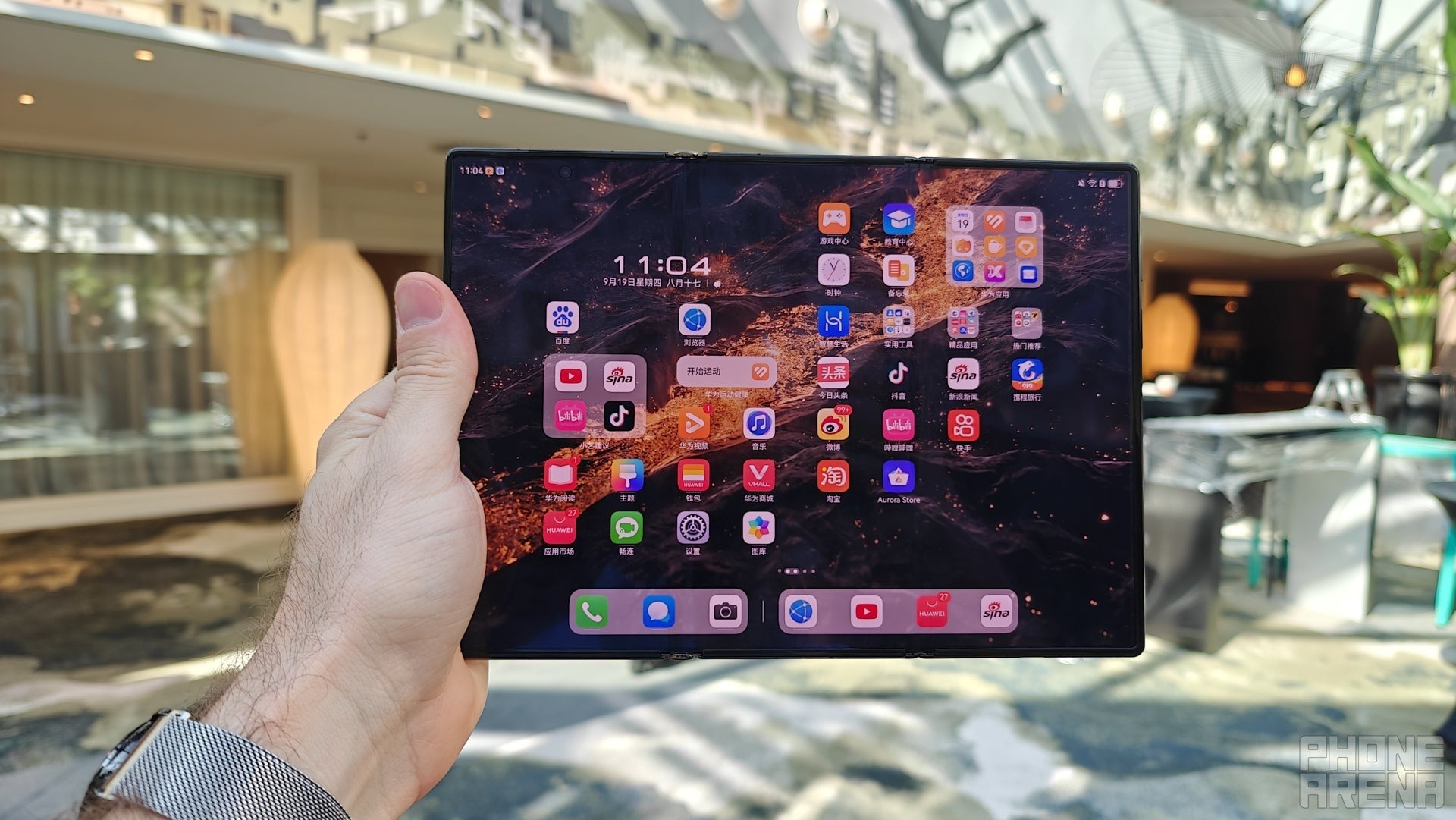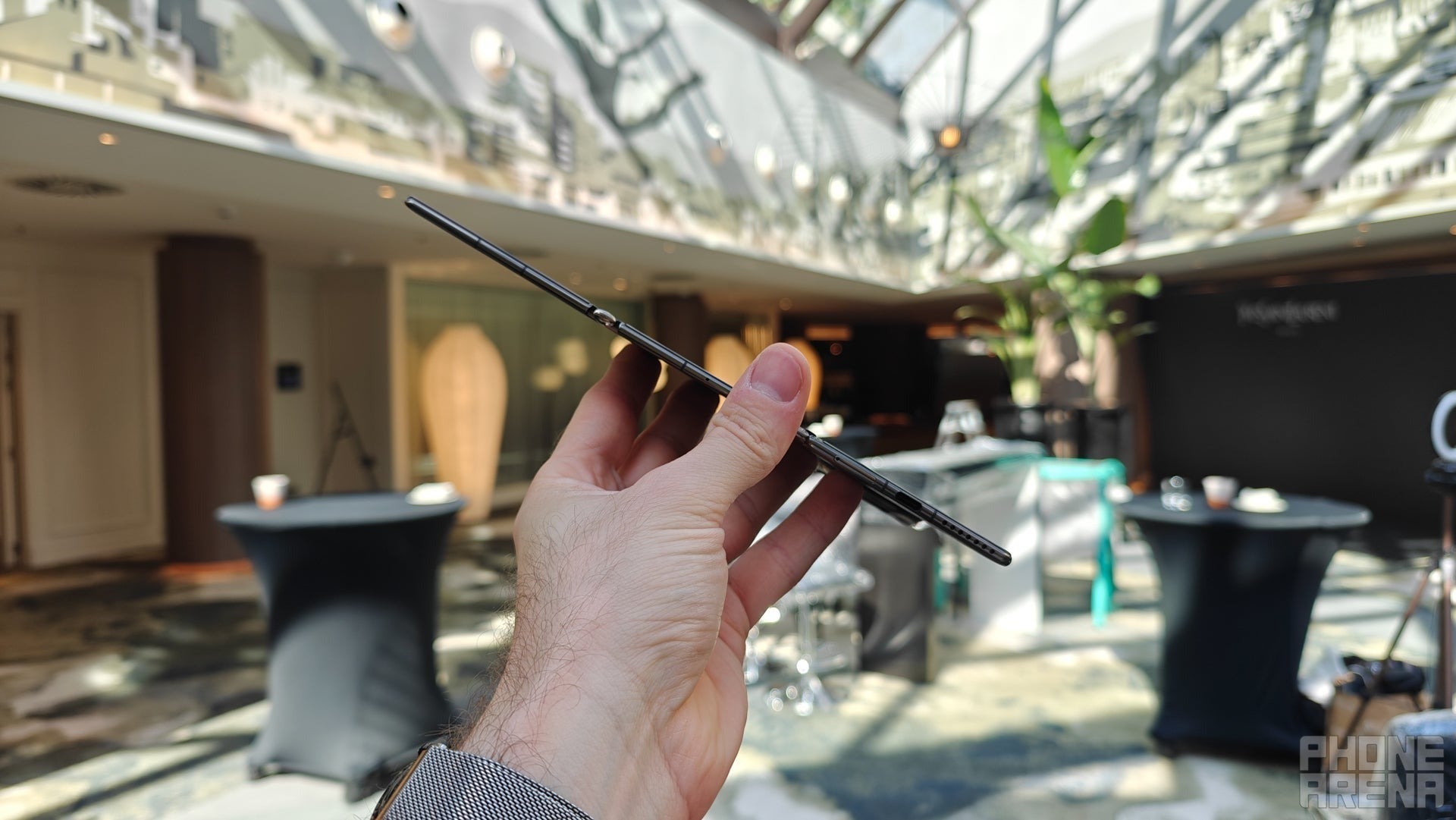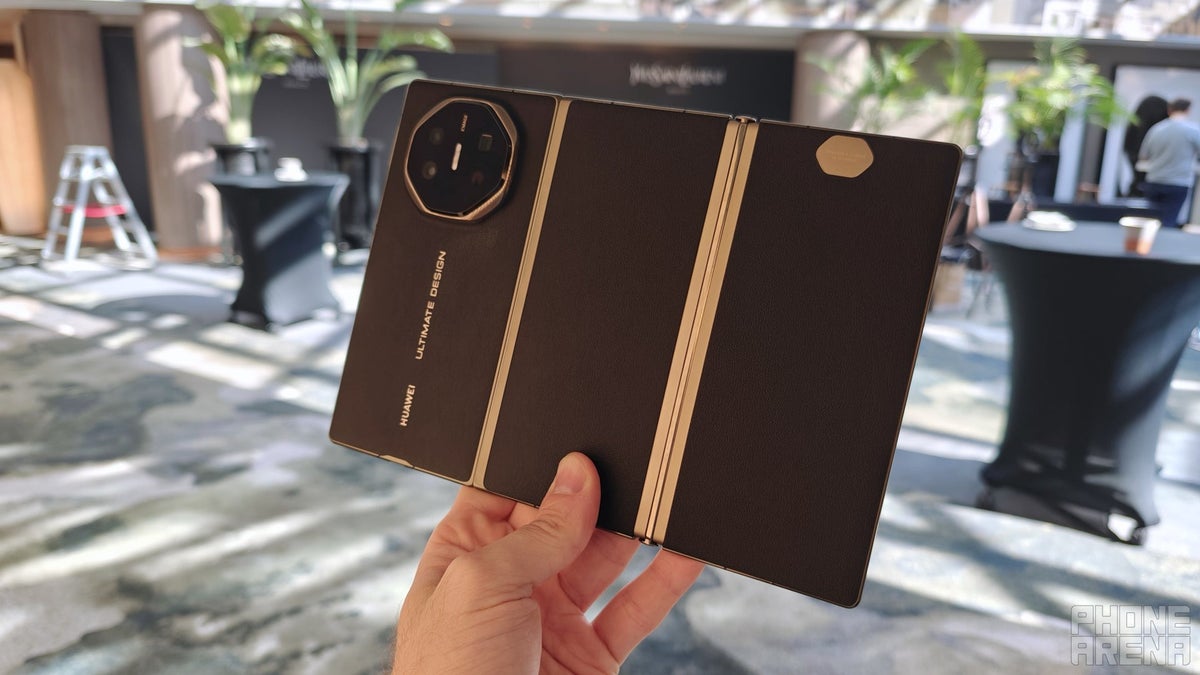There are the clamshell foldables that try to take up less space in your pocket and can unfold to become a regular-sized handset. These are usually the less expensive foldables, and the ones that are more practical for most users, so you probably see them more often.
Then we have the so-called book-like foldable phones. These are machines that, when closed, take the shape of a normal phone like the Pixel 9 Pro XL, for example. Their benefit is that they can also unfold into something between a phone and a small tablet to offer more screen real estate and an enhanced experience for multitasking and entertainment.
But I would like to place emphasis on how they are something between a phone and a tablet. To me, book-like foldables have always felt like an unfinished product. Sure, a lot of them now work very similarly to a regular phone when they are closed, especially with how thin some of them are. But they are not really doing a great job at replacing tablets.
When unfolded, you get a weird aspect ratio and, for the most part, a display that is not even as large as an iPad Mini (2024) — an already really small tablet.
Tri-fold phones as the final evolutionary step for the foldable form factor

The Huawei Mate XT Ultimate when it is folded. (Image by PhoneArena)
In comes the first tri-fold phone, the Mate XT Ultimate from Huawei. Now, the term “tri-fold” is a bit confusing, as the phone does not fold three times. Instead, it has a display that can take three different shapes: regular phone, book-like style and tablet-size. And all of this while still packing flagship-level hardware.
One would expect that size is where the tri-fold Huawei phone would fall short, but it is barely any thicker than the Galaxy Z Fold 6 when folded (12.8 mm vs. 12.1 mm). What makes it a more complete 2-in-1 device for me, however, is that its display can unfold to span 10.2 inches. That is almost as big as a regular iPad or the 11-inch iPad Air!
With the larger display also comes a new aspect ratio that matches that of movies much better than the square-like shape of a book-like foldable. This means you have less of those annoying black borders and more of the actual content filling up the display.Of course, the book-like foldable still has its benefits. Most notably, it is much more convenient for, well, reading a book. There are also some games that make great use of this shape. Huawei has done a great job to show us that a tri-fold form factor does not have to sacrifice that functionality, butit adds on top of it.
My point here is that the tri-fold style simply “unfolds” the true potential of large foldable phones, whereas phones like the Galaxy Z Fold or the Pixel Fold felt like they were missing something. In a sense, I argue that book-like foldables were just a middle point on the evolutionary path for foldables.
But there is a reason why we had to go through the middle point before we reached the tri-fold phone. Actually, there is more than one reason.
The tech that makes tri-fold phones possible


The Huawei Mate XT Ultimate display unfolded at its maximum size. (Image by PhoneArena)
Several technological breakthroughs had to be made before tri-fold phones became a reality. Batteries are the single largest component of any phone and if you have a large display, you need a large battery to keep it going.
And only recently, phone manufacturers started using this new kind of battery. Traditionally, batteries have been made using graphite, but now we are starting to see silicon-carbon batteries, also known as silicon anode batteries.
Silicon-carbon or silicon anode batteries are better than graphite batteries because they can store more energy in a smaller space. This is because silicon atoms can store more lithium ions than carbon atoms. This is what Huawei used while making the Mate XT Ultimate in order to fit it with a 5,600 mAh battery, which measures only 1.9 mm in thickness.
Then, there are the hinges, and there are two of them in the Mate XT. Huawei states that its Tiangong hinge system achieves internal and external bending for the first time on a commercially sold phone. One creates a more visible crease than the other, but both are generally among the best we have seen on a foldable.
The downsides


The Huawei Mate XT Ultimate is super thin when unfolded. (Image by PhoneArena)
From our time with the Huawei Mate XT Ultimate, we also noticed some downsides while admiring the benefits. For instance, the audio quality coming from its thin frame was nothing to write home about. After all, each of the three parts has to be super thin for the phone to stay relatively slim when folded, and it is really hard to produce good audio without enough room inside the device.
Additionally, you might have noticed that tablets usually have a much bigger battery than even the biggest phones. The 5,600 mAh battery of the Mate XT is impressive for the size, but it is still not enough to match a tablet.
With more hinges and such a thin body, the topic of durability also arises. How long would a tri-fold phone last in real-world use? And how would you protect it? It is not like a case can completely envelop the device to shield it from drops, even Huawei’s original case doesn’t achieve that.
Of course, we also can’t forget the price. Larger foldable phones have always been expensive, and the Mate XT Ultimate takes this to the next level.
Final thoughts
Foldable phones are all about size and giving us as much as possible in a phone form factor. Tri-fold phones seem to be the epitome of that aim, providing a familiar user experience to regular handsets, a middle ground, and the benefits of larger-screen devices like tablets.I would guess that the Huawei Mate XT is just the beginning of a trend, and the first step towards the “final” foldable form factor. And I wouldn’t be too surprised if major players like Samsung release a tri-fold phone in the near future. In fact, I’m hoping it happens sooner rather than later.
